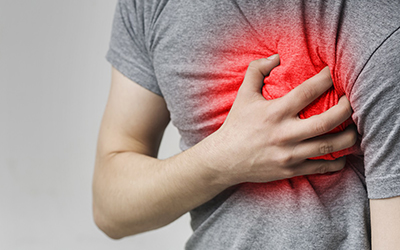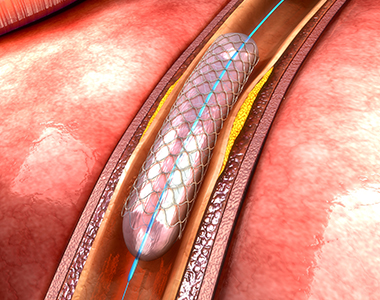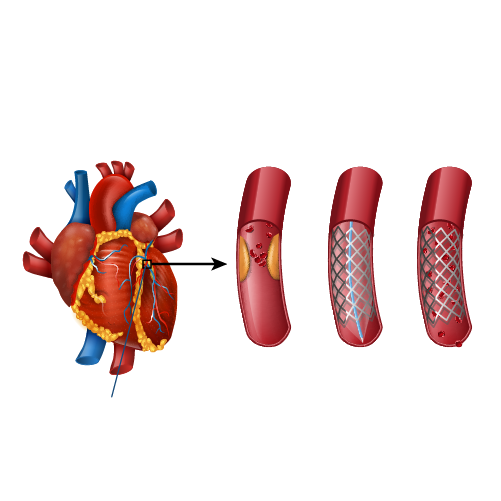Role of ECG in Heart Failure

ECG is a simple inexpensive test to asses heart function. ECG is the short form for electrocardiogram or electrocardiography.
ECG equips the doctor with basic heart information such as
- Rhythm of heart – Regular or irregular. The most common irregular heart rhythm is atrial fibrillation and frequently seen in heart failure patients.
- Heart rate – Normal heart rate is between 50-100 beats per minute. A slow heart rate (less than 50) is called bradycardia and a fast rate (more than 100) is tachycardia.
- Heart enlargement – Heart chambers enlargement can also be reasonably assessed. But the best test to assess heart chamber enlargement is cardiac magnetic resonance imaging (Cardiac MRI).
- Heart attack – current and those in the past can be identified by predefined patterns on ECG.
Advanced information from ECG in Heart Failure
- Reduced blood supply to heart – if a patient had a previous heart attack it usually can be diagnosed through an ECG. It is not necessary that all patients with reduced blood supply can be identified through ECG. Coronary angiography is a common test performed by doctors to estimate the blood supply to the heart.
- Pumping efficiency of the heart – presence of an abnormal ECG usually indicates abnormal heart efficiency. The common abnormalities on ECG include but not limited to – complete bundle branch block, hemiblock, features indicating a previous heart attack or chamber enlargement.
- Left bundle branch block (LBBB) – presence of LBBB (if the QRS duration is more than 150 m seconds on ECG) and a reduced EF on echo (less than 35%) is a indication for specialized therapies such as cardiac resynchronization therapy (CRT). Resynchronization means re establishing the synchronous beating of the heart.
- Abnormal rhythm may indicate need for advanced therapies such as pacemaker in heart block, implantable cardioverter defibrillator (ICD) if EF is less than 35% on echo, catheter ablation in atrial fibrillation and abnormal ventricular rhythm.
- Unique and uncommon problems of the heart such as infiltrative disorder (amyloidosis, restrictive cardiomyopathy) and rare diseases such as or arrhythmogenic RV dysplasia can be identified on ECG.
Does a normal ECG rule out a heart attack?
An ECG is a simple yet powerful tool to assess the heart function. But at the same time a normal ECG does not rule out a heart attack or other diseases if the disease is quite early stage. If the disease is advanced the ECG remains a quite predictable and powerful tool. So, if the person had a heart attack, we do not entirely rely upon ECG but we additionally incorporate the value of high sensitive troponin to make a confirmed diagnosis of heart attack.
ECG complements advanced investigations
Information obtained from ECG is utilized while interpreting advanced tests such as echocardiography (echo), coronary angiography, cardiac MRI, PET CT scan etc.
ECG is a powerful tool in advanced disease but in the early disease too it could be used as an adjunct to other tests.
Book Online Consultaion
Heart Failure – Role of Electrocardiogram (ECG) Blog





